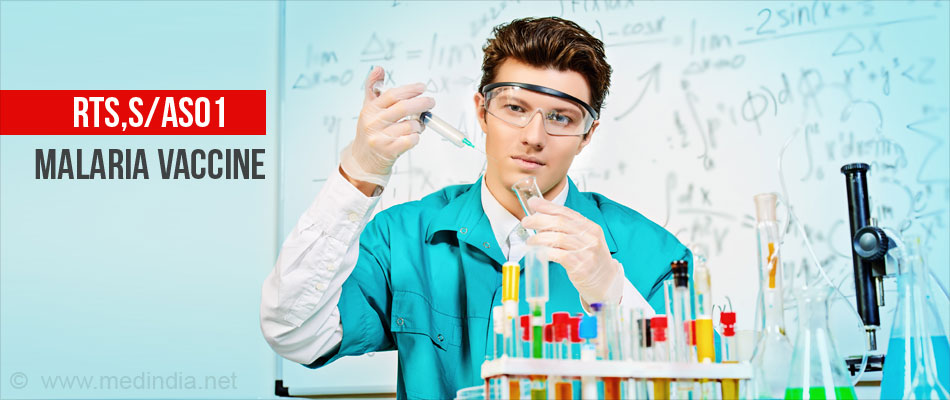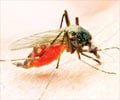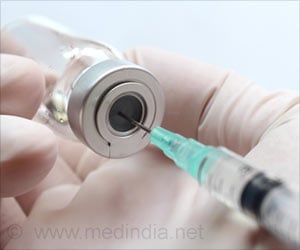- Several vaccines are being evaluated to prevent falciparum
malaria
- A forerunner among these is the RTS, S/AS01
malaria vaccine, which is in clinical trials
- The vaccine’s effectiveness appears to reduce in subsequent
years
A study published in the New
England Journal of Medicine studied the long-term effects of the candidate
malaria vaccine RTS, S/AS01.
Falciparum
malaria is a potentially fatal infection that is particularly prevalent in Africa. The parasitic disease caused by
Plasmodium falciparum can have particularly serious consequences especially in small children. Several vaccines are being developed to prevent infection from this
mosquito-borne disease. The forerunner among these is the RTS,S/AS01, developed by GlaxoSmithKline Biologicals (GSK) and the PATH Malaria Vaccine Initiative (MVI).
‘The initial benefit of the RTS, S/AS01 malaria vaccine in preventing malaria may be an offset of rebound increase in clinical malaria during the seven-year study period.’
. The babies who received three doses of the vaccine between 5 and 17 months of age showed an overall efficacy of 28.3% over a follow-up period of 4 years. Administration of a booster dose at 18 months improved the protection to 36.3%. The efficacy was less when
vaccination was started at a younger age at 6 to 12 weeks of age.
Nearly half of the world’s
population is at risk of malaria. Children under the age of 5 are particularly
susceptible to malaria infection, illness and deaths. Early diagnosis and
prompt treatment could prevent malaria deaths.
There was a concern that the
vaccine could have a negative effect as the time passes. Therefore researchers
studied the effect of the vaccine over seven years and published their results
in
The New England Journal of Medicine.
Though the duration of the study was longer, the number of children studied was
comparatively much less than the above-mentioned study.
The study included data from 447 African children from Kenya who were vaccinated when they were between 5 to 17 months of age. Some children received the
malaria vaccine, while others received the
rabies vaccine and were used for comparison.
Blood tests were carried out regularly to detect the presence of the malarial parasite.
The present study was conducted to
check if there is a possibility of a rebound effect on long-term follow-up after administration of
the vaccine. The researchers found the following:
- The efficacy of the vaccine against the first episode of
clinical malaria was 27%
- The efficacy of the vaccine against all episodes of clinical
malaria was estimated at 4.4%
- The efficacy of the
vaccine reduced from 35.9% in the first year to 3.6% in the seventh year
- A negative efficacy was observed in the high-exposure group in
the year 5 of the study
- The estimated number of cases of malaria prevented due to the
vaccine over 7 years were 317 cases per 1000 children
The efficacy of the vaccine was
estimated to be lower in those who were highly exposed to the parasite as
compared to those in lower exposure areas. No significant complications were
noted as due to the vaccine.
Advertisement
Though the vaccine does not appear to provide long-term protection, it
may benefit the children at an age where they may be most susceptible to the
complications of the malarial infection. There were several factors that could have
affected the results of the study. Larger studies will probably give better
insights into the usefulness of the vaccine, which is the need of the hour. In
the meantime, other methods to prevent mosquito bites and reduce the mosquito
population should be continued on a firm footing.
Reference:- Olotu
A et al. Seven-Year Efficacy
of RTS,S/AS01 Malaria Vaccine among Young African Children. N Engl J Med
2016; 374:2519-2529
Source-Medindia















